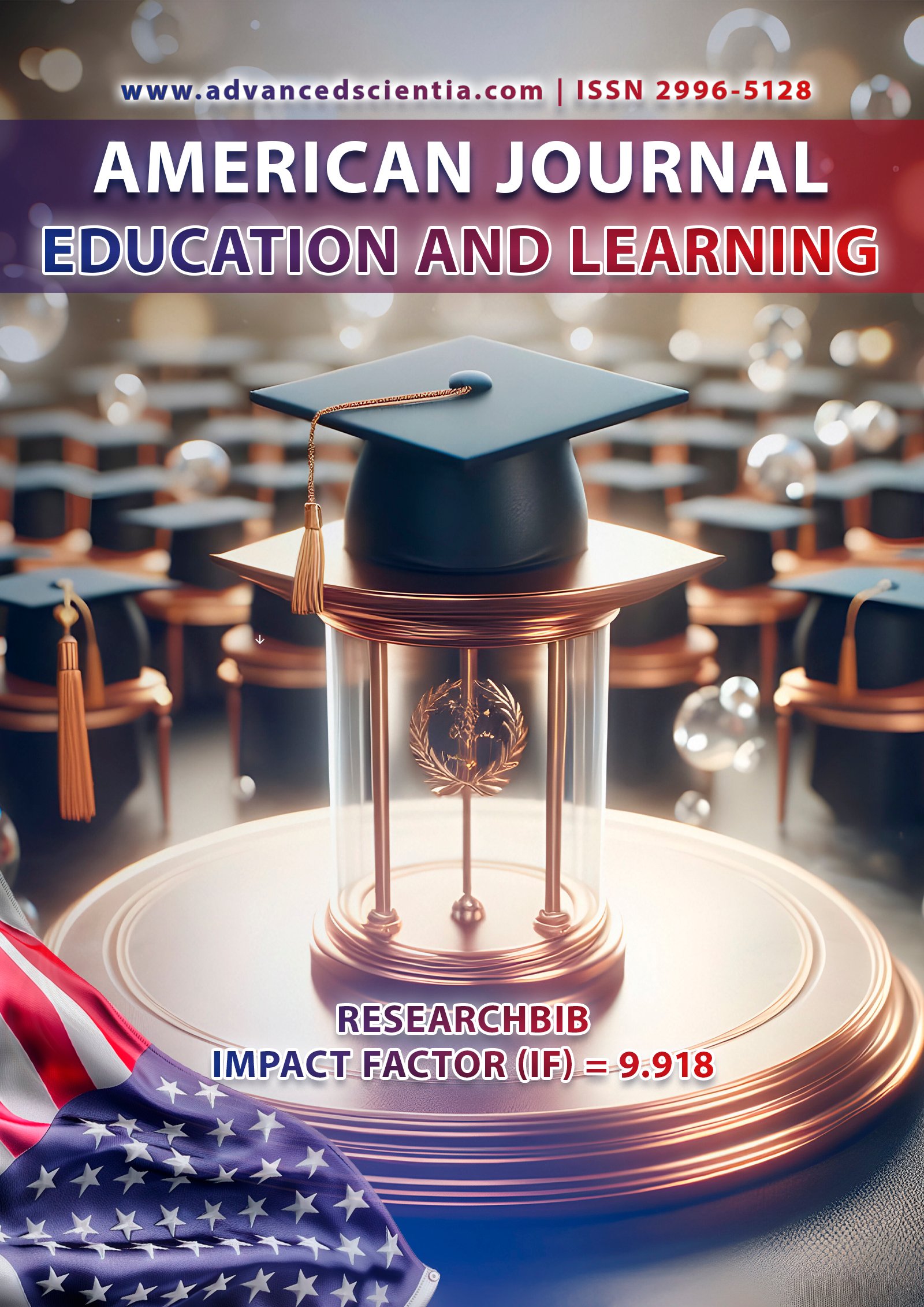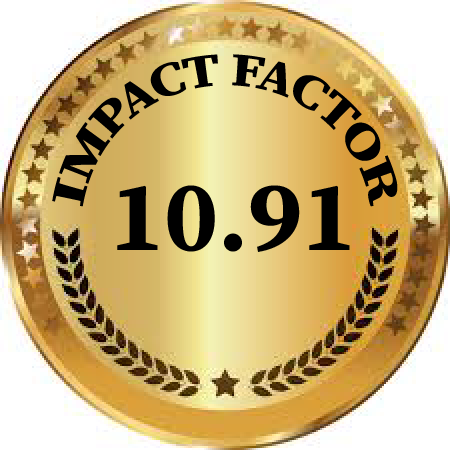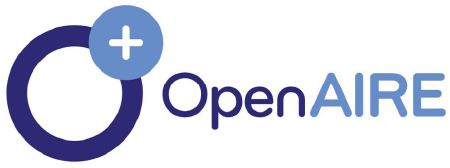PRAGMATIC LANGUAGE PROCESSING IN AUTISTIC LEARNERS: A STUDY OF SOCIAL COMMUNICATION CHALLENGES
Abstract
This article is dedicated to exploring the pragmatic language processing difficulties faced by individuals with Autism Spectrum Disorder (ASD), particularly in interpreting indirect requests, figurative language, and social cues. The study employs a quantitative approach, using a structured language task to assess how autistic learners interpret and respond to polite and indirect language compared to neurotypical peers. The main objective of this research is to investigate the differences in response patterns between autistic and neurotypical learners, specifically focusing on literal versus action-based responses. Conducted as a small-scale study, the research aims to provide a deeper understanding of the communication challenges faced by individuals with ASD in educational settings and everyday interactions. The findings highlight the challenges autistic learners face in processing nonliteral language, underscoring the need for further pragmatic research to better understand these difficulties. This insight can be valuable for fostering a more inclusive approach to communication, as it points to areas where autistic students may benefit from additional support to navigate social interactions effectively.
References
[1] Baron-Cohen, S., Leslie, A. M., & Frith, U. (1985). Does the autistic child have a “theory of mind”? Cognition, 21(1), 37-46.
[2] Bishop, D. V. (2000). How does the brain learn language? Insights from the study of children with and without language impairment. Developmental medicine and child neurology, 42(2), 133-142.
[3] de Marchena, A., & Eigsti, I. M. (2010). Conversational gestures in autism spectrum disorders: Asynchrony but not decreased frequency. Autism research, 3(6), 311-322.
[4] De Villiers, J., Stainton, R. J., & Szatmari, P. (2007). Pragmatic Abilities in Autism Spectrum Disorder: A Case Study in Philosophy and the Empirical. Midwest Studies In Philosophy (Wiley-Blackwell), 31(1).
[5] Happé, F. G. (1993). Communicative competence and theory of mind in autism: A test of relevance theory. Cognition, 48(2), 101-119.
[6] Loth, E., Gómez, J. C., & Happé, F. (2008). Event schemas in autism spectrum disorders: The role of theory of mind and weak central coherence. Journal of autism and developmental disorders, 38, 449-463.
[7] Lindsay, S., Proulx, M., Thomson, N., & Scott, H. (2013). Educators’ challenges of including children with autism spectrum disorder in mainstream classrooms. International Journal of Disability, Development and Education, 60(4), 347-362.
[8] Lucas, R., & Norbury, C. F. (2014). Levels of text comprehension in children with autism spectrum disorders (ASD): The influence of language phenotype. Journal of autism and developmental disorders, 44, 2756-2768.
[9] Paul, R., & Norbury, C. (2012). Language Disorders from Infancy Through Adolescence-E-Book: Language Disorders from Infancy Through Adolescence-E-Book. Elsevier Health Sciences.
[10] Tager‐Flusberg, H., Joseph, R., & Folstein, S. (2001). Current directions in research on autism. Mental retardation and developmental disabilities research reviews, 7(1), 21-29.
[11] Tager‐Flusberg, H., & Kasari, C. (2013). Minimally verbal school‐aged children with autism spectrum disorder: The neglected end of the spectrum. Autism research, 6(6), 468-478.
[12] Vaidya, S. (2020). Disorder, disability, difference:(Re) presenting autism in India. Disability studies in India: Interdisciplinary perspectives, 43-59.






















